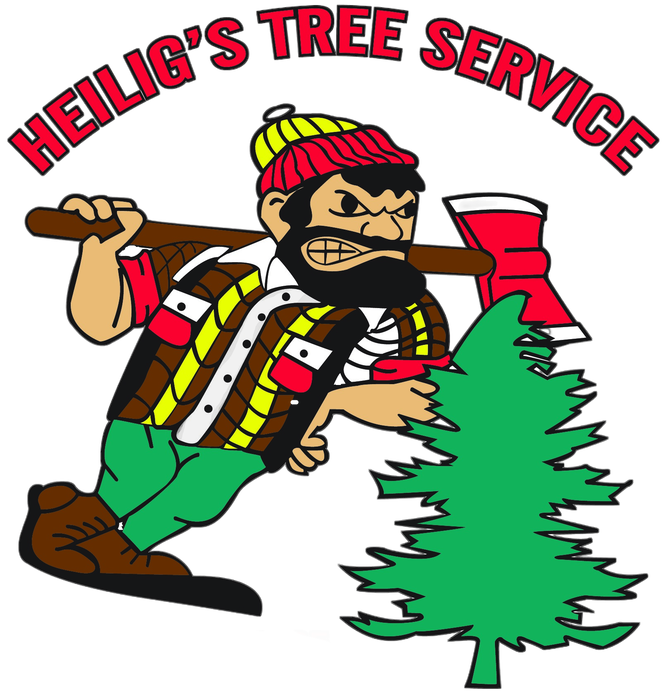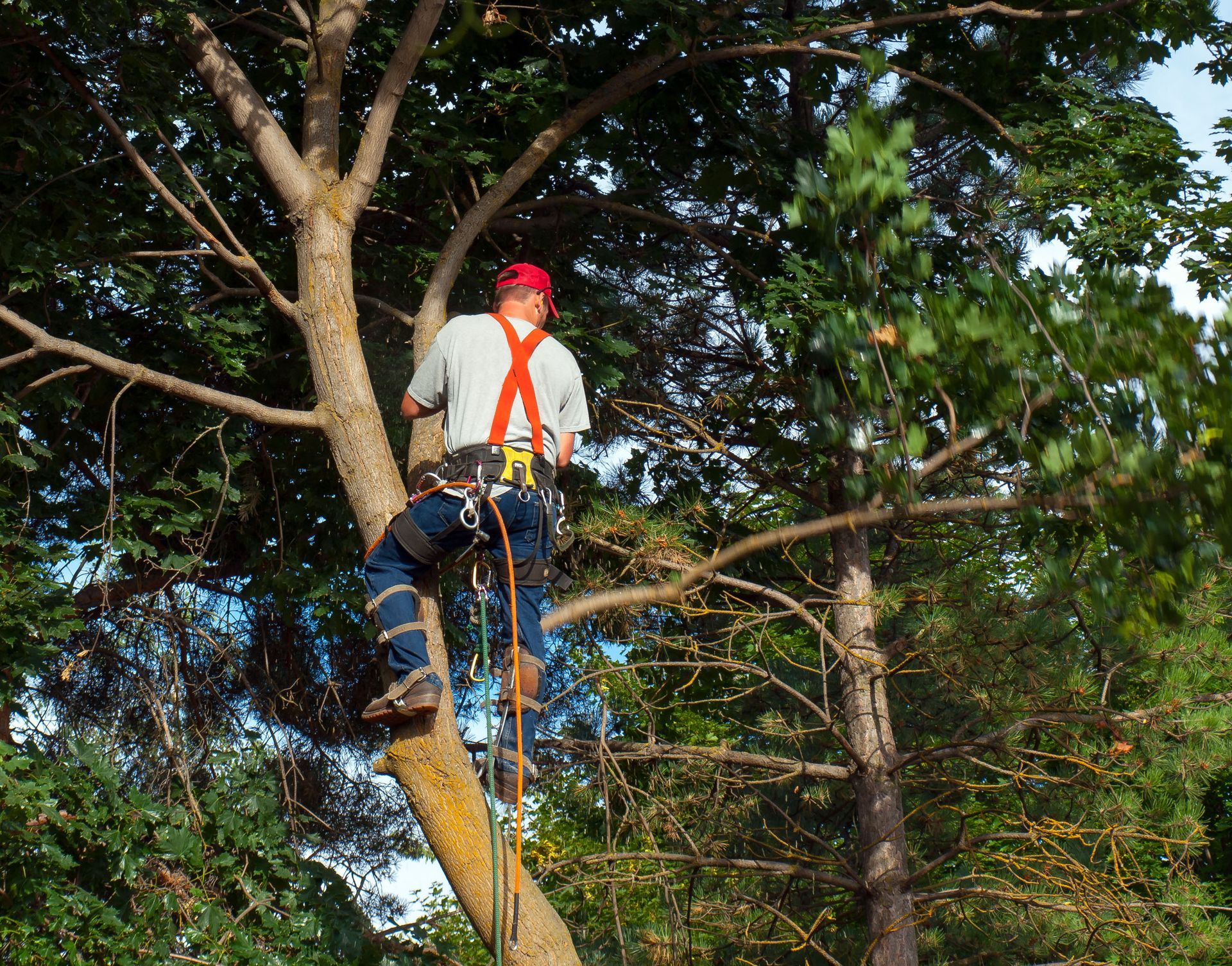How Tree Trimming Services Contribute to a Greener Environment
Tree trimming services are far more than routine landscaping. They are a vital practice for maintaining tree health, protecting property, and supporting sustainable communities. Healthy, well-maintained trees provide environmental, economic, and social benefits that extend far beyond what most people realize. While many homeowners consider trimming to be a purely aesthetic choice, its role in strengthening ecosystems, reducing risks, and enhancing property values is both profound and long-lasting.
Think of trees as living infrastructure; just as roads and buildings need regular care to function properly, trees require maintenance to keep them safe, productive, and resilient. Trimming is the tool that ensures they continue providing shade, shelter, clean air, and beauty for decades. Without it, trees become vulnerable to disease, storm damage, and decline, eventually turning from valuable assets into potential hazards.
Preserving the Health of Trees
One of the most important benefits of tree trimming services is the direct improvement to tree health. By removing dead, diseased, or damaged branches, arborists help trees focus their energy on healthy growth. This not only prevents the spread of disease but also strengthens the tree’s overall vitality. In neighborhoods, healthier trees reduce the risk of falling limbs during storms, which can otherwise cause property damage or personal injury.
Trimming also encourages new growth, ensuring that trees develop fuller canopies with better air circulation and light penetration. These conditions reduce the likelihood of fungal infections and other diseases, support photosynthesis, and help trees continue producing oxygen and absorbing carbon. A vigorous tree not only thrives in its environment but also enhances the ecological resilience of the entire area.
The benefits extend across generations. When trees live longer because of consistent trimming, they provide lasting services such as carbon capture, shade, and natural cooling. Mature trees are particularly valuable in neighborhoods because they provide extensive canopies, stabilize soil with deep roots, and serve as cultural touchstones. By extending a tree’s lifespan, trimming becomes a powerful tool for conserving natural resources while preserving landmarks that hold personal and community meaning.
For homeowners, this translates to greater peace of mind and fewer costly surprises. A trimmed, healthy tree is far less likely to become unstable, drop limbs unexpectedly, or harbor pests. For the environment, it means that communities continue reaping benefits from the same trees year after year instead of losing them prematurely to neglect.
Protecting the Structural Integrity of Trees
Tree trimming services are also essential for promoting structural stability. A well-structured tree is less likely to lose large branches in heavy winds or storms, reducing the risks of costly damage. Arborists carefully assess which limbs to remove or shorten, shaping the tree to grow in a balanced and secure way.
Strong structural integrity benefits more than just safety. Trees that can withstand environmental stressors continue to provide shade, absorb carbon, and support wildlife habitats without interruption. Structurally sound trees also enhance the beauty of landscapes, adding curb appeal and creating inviting outdoor spaces where people feel comfortable gathering.
Another aspect of structural health is pest prevention. Crowded, shaded, or weakened branches create ideal environments for insects and rodents to nest, but trimming eliminates many of these opportunities. Professional pruning opens the canopy, allowing sunlight and airflow to reach the interior of the tree—two natural defenses against pests and pathogens. By reducing pest pressures, trimming protects not just individual trees but entire neighborhoods of greenery from large-scale outbreaks.
In many ways, structural integrity is the foundation for all other benefits trees provide. A tree that is both strong and healthy can fulfill its environmental roles—filtering air, reducing heat, providing habitat—without the constant risk of collapse or disease.
Supporting Urban Ecosystems
Tree trimming plays a major role in urban environmental management. Healthy trees improve air quality by filtering pollutants such as nitrogen oxides, sulfur dioxide, and carbon monoxide. They also absorb carbon dioxide, reducing greenhouse gases and supporting climate goals.
According to the US Department of Agriculture, urban forests deliver approximately $18.3 billion in yearly benefits by improving air quality, capturing carbon, and reducing energy consumption. Tree trimming ensures that these forests remain robust and capable of providing such immense value.
Another important contribution is reducing the urban heat island effect. Properly trimmed trees grow into dense canopies that cast shade over streets, sidewalks, and buildings. This natural cooling lowers surrounding temperatures, decreases energy use for air conditioning, and makes cities more livable during hot summers. Without routine trimming, trees may become unbalanced or sparse, reducing their ability to provide widespread shade.
Tree trimming also enhances biodiversity. By keeping trees healthy and structurally diverse, trimming creates habitats for birds, pollinators, and other wildlife. Bees, butterflies, and birds rely on flowering trees for food and shelter, and these resources are more plentiful when trees are properly managed. Urban pollinator populations, which are already under pressure, benefit greatly from trimmed trees that reliably bloom year after year.
Trimming contributes to sustainable city landscapes. When incorporated into urban planning, it transforms green spaces into healthier, more vibrant areas for recreation, relaxation, and community gatherings.
Delivering Economic Advantages
The financial benefits of tree trimming services are just as compelling as the environmental ones. Proactive trimming prevents property damage caused by falling limbs, which can save homeowners and municipalities thousands of dollars in emergency repairs. It also reduces liability risks, protecting property owners from accidents and potential lawsuits.
Trimmed trees can also increase property values. Healthy, well-shaped trees contribute to curb appeal and make properties more attractive to buyers. Real estate studies consistently show that mature trees and well-kept landscapes can boost home values significantly. A yard lined with vibrant, cared-for trees signals to potential buyers that the property has been maintained with attention and pride.
There are also broader economic impacts. Tree trimming creates jobs in the green economy, supporting arborists, landscapers, and equipment suppliers. As cities invest more in sustainable practices, the demand for skilled tree care professionals grows, fueling employment and strengthening local economies.
Ensuring Compliance and Best Practices
Tree trimming services must also align with environmental laws and industry standards. Many municipalities regulate how trees can be trimmed to preserve community green spaces. By working with professionals, property owners ensure compliance with these regulations while protecting tree populations.
Best practice guidelines are equally important. Certified arborists follow scientific standards that prioritize tree health, safety, and ecological balance. This ensures that trimming practices enhance trees rather than harm them. Professional certifications also raise the credibility of providers, promoting trust within communities and giving homeowners confidence that their trees are being cared for properly.
When tree trimming services adhere to laws and guidelines, they uphold a broader commitment to sustainability. This accountability protects trees, enhances community aesthetics, and reinforces environmental stewardship. By combining regulation with expertise, trimming becomes not just a maintenance task but a practice rooted in responsibility and long-term care.
Tree trimming services are a cornerstone of sustainable living, offering environmental, economic, and safety benefits that extend well beyond curb appeal. They preserve tree health, strengthen ecosystems, reduce risks, and save communities money—all while enriching the landscapes we live in. By investing in professional trimming, homeowners and cities alike contribute to healthier, greener, and more resilient environments.
If you’re ready to enhance the health and beauty of your trees while supporting your community’s future, trust the experts at Heilig's Tree Service.



Share On: